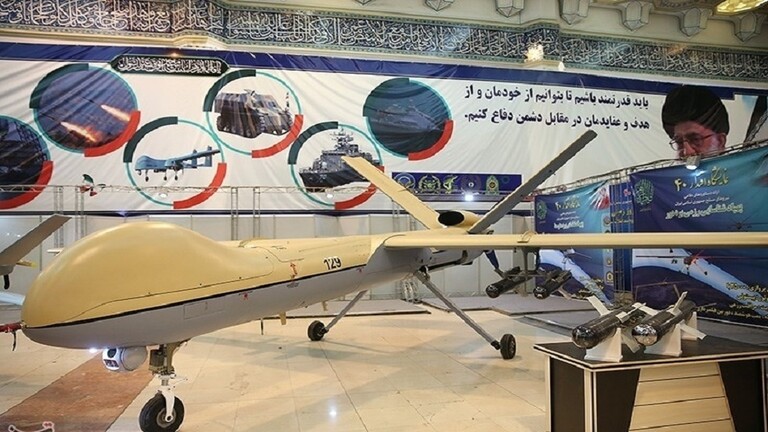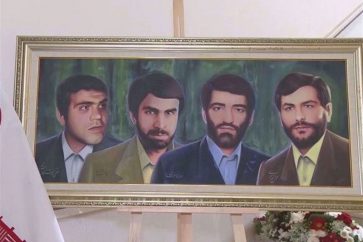A field artillery officer in the US Army described the Iranian-made unmanned aerial vehicles are as ‘big threat’ to Ukraine.
In an article published by 19 Forty Five earlier this week, US Army Captain Cam McMillan expressed the view that Iranian-made unmanned aerial vehicles are an effective weapon.
“As a C-RAM (counter rocket, artillery, mortar) battle captain in Iraq who was responsible for counter-Unmanned Aircraft Systems, or C-UAS, I too scoffed at the idea that Iranian drones posed any threat to me, my soldiers, or the theater-level assets we were responsible for defending. It didn’t take long for us to realize that these drones were nothing to dismiss and posed a severe threat to our forces,” McMillan wrote.
“In the context of Ukraine, these platforms have already successfully attacked key Ukrainian forces and are likely an even greater threat than what American forces and partners have faced in the Middle East,” the US Army captain added.
He listed the Iranian systems which Russia has reportedly acquired: Mohajer-6 as well as multiple Shahed-series platforms, including the Shahed 129, the Shahed 191, and the Shahed-136, which has already destroyed U.S.-supplied M777 howitzers in Ukraine.
The Mohajer-6 is a dual-purpose platform that can both provide Intelligence, surveillance, target acquisition, and reconnaissance, and deliver guided munitions with a range of roughly 200 km. The Shahed 129 and 191 are also dual-role platforms, but they can carry larger payloads and have a much greater range of up to 1700 km and 1500 km, respectively. The Shahed-136, on the other hand, is a kamikaze drone that carries an explosive payload and flies directly into its target. These kamikaze drones were what kept me and my friends up at night in Iraq, according to McMillan.
He described as ‘unique’ the challenges these drones pose in the area of force protection.
“First, they are exceptionally hard to track on radar, as they do not share the characteristics of the manned aircraft most modern air defense systems were designed for. Due to their small radar cross-section, relatively slow speed, and low altitude, drones present a unique challenge. They require the use of specific technologies that allow air defenders to identify the drones based on the above characteristics. Second, even if Ukrainian forces can manage to identify and track Iranian UAS systems, they are hard to shoot down for the same reasons they are hard to find on radar: They are not manned aircraft, and most air defense systems weren’t designed to shoot them down.”
Source: 19 Forty Five Website




